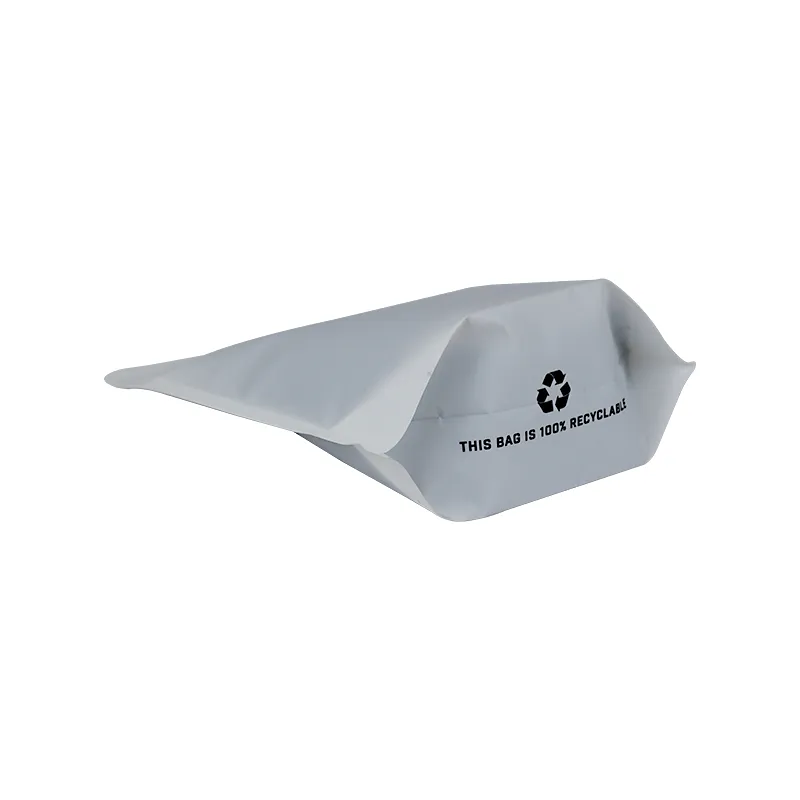- Afrikaans
- Albanian
- Amharic
- Arabic
- Armenian
- Azerbaijani
- Basque
- Belarusian
- Bengali
- Bosnian
- Bulgarian
- Catalan
- Cebuano
- chinese_simplified
- chinese_traditional
- Corsican
- Croatian
- Czech
- Danish
- Dutch
- English
- Esperanto
- Estonian
- Finnish
- French
- Frisian
- Galician
- Georgian
- German
- Greek
- Gujarati
- haitian_creole
- hausa
- hawaiian
- Hebrew
- Hindi
- Miao
- Hungarian
- Icelandic
- igbo
- Indonesian
- irish
- Italian
- Japanese
- Javanese
- Kannada
- kazakh
- Khmer
- Rwandese
- Korean
- Kurdish
- Kyrgyz
- Lao
- Latin
- Latvian
- Lithuanian
- Luxembourgish
- Macedonian
- Malgashi
- Malay
- Malayalam
- Maltese
- Maori
- Marathi
- Mongolian
- Myanmar
- Nepali
- Norwegian
- Norwegian
- Occitan
- Pashto
- Persian
- Polish
- Portuguese
- Punjabi
- Romanian
- Russian
- Samoan
- scottish-gaelic
- Serbian
- Sesotho
- Shona
- Sindhi
- Sinhala
- Slovak
- Slovenian
- Somali
- Spanish
- Sundanese
- Swahili
- Swedish
- Tagalog
- Tajik
- Tamil
- Tatar
- Telugu
- Thai
- Turkish
- Turkmen
- Ukrainian
- Urdu
- Uighur
- Uzbek
- Vietnamese
- Welsh
- Bantu
- Yiddish
- Yoruba
- Zulu
Guide to Accurately Specify Box Sizes for Shipping and Packaging
How to Write Box Dimensions
When it comes to packaging, selling, or shipping products, correctly writing box dimensions is essential for a variety of reasons. Accurate dimensions ensure that your items fit snugly within the packaging, help in calculating shipping costs, and prevent delays in delivery. Whether you’re a business owner, an e-commerce seller, or just someone looking to ship a gift, knowing how to properly write box dimensions is crucial. Here’s a guide on how to do it effectively.
Understanding Box Dimensions
Box dimensions are typically written in terms of length, width, and height. These three measurements provide a complete overview of a box's size and are fundamental when it comes to packing, shipping, or selling items. The standard measurement format is Length x Width x Height (L x W x H). It’s important to measure in the same unit, usually inches or centimeters.
Step 1 Measuring the Box
1. Use a Measuring Tape A flexible measuring tape is ideal for measuring box dimensions. Ensure that the tape is straight and lies flat against the box for accurate measurements. 2. Measure Length Start by measuring the longest side of the box. This is considered the length. 3. Measure Width Next, measure the shorter side that runs perpendicular to the length. This measurement is the width. 4. Measure Height Finally, measure the distance from the base to the top of the box. This is the height.
Make sure to record each measurement, as you'll need them to write down the dimensions clearly.
Step 2 Writing the Dimensions
When documenting the box dimensions, clarity and precision are key
. Follow these simple guidelineshow to write box dimensions

1. Format Correctly Always use the L x W x H format. For example, if your box measures 24 inches in length, 18 inches in width, and 12 inches in height, write it as 24” x 18” x 12”.
2. Include Units Specify the units you are using—whether inches (in) or centimeters (cm). This avoids confusion, especially for international shipping.
3. Double-Check Measurements After writing the dimensions, verify that they accurately reflect what you measured. Errors in box dimensions can lead to issues later, such as improper fitting or increased shipping costs.
Step 3 When to Use Box Dimensions
Knowing how to write box dimensions is helpful in several scenarios
- E-commerce Listings If you’re selling products online, clear dimensions help customers understand the size of the product and whether it will fit their needs. - Shipping Carriers often require package dimensions to calculate shipping rates accurately. Including the dimensions on the shipping label is essential. - Inventory Management In a warehouse or retail environment, knowing the dimensions of boxes can help optimize storage and organization.
Conclusion
Learning how to write box dimensions accurately is more than just a minor detail—it's a vital skill for managing logistics and ensuring smooth operations. Whether you’re sending a single item or managing a large inventory, precise measurements will save you time and money. Remember to always measure twice and write clearly, using the correct format of L x W x H along with the appropriate units. By mastering this simple yet crucial aspect of packaging, you can enhance your efficiency and professionalism in any shipping or selling scenario.













